Gabriel Torrens 1, María Escobar-Salom 1, Elisabet Pol-Pol 1, Cristina Camps-Munar 1, Gabriel Cabot 1, Carla López-Causapé 1, Estrella Rojo-Molinero 1, Antonio Oliver 1, Carlos Juan 1
1Servicio de Microbiología and Unidad de Investigación, Hospital Universitari Son Espases-Institut de Investigació Sanitària de Balears (IdISBa), Palma, Spain.
Abstract:
Pseudomonas aeruginosa is one of the first causes of acute nosocomial and chronic infections in patients with underlying respiratory pathologies such as cystic fibrosis (CF). It has been proposed that P. aeruginosa accumulates mutations driving to peptidoglycan modifications throughout the development of the CF-associated infection, as a strategy to lower the immune detection hence ameliorating the chronic persistence. As well, some studies dealing with peptidoglycan modifications driving to a better survival within the host have been published in other gram-negatives. According to these facts, the gram-negative peptidoglycan could be considered as a pathogen-associated molecular pattern with very important implications regarding the host's detection-response, worthy to dissect in detail. For this reason, in this work we characterized for the first time the peptidoglycans of three large collections [early CF, late CF and acute infection (bloodstream) P. aeruginosa strains] from qualitative (HPLC), quantitative and inflammatory capacity-related perspectives. The final goal was to identify composition trends potentially supporting the cited strategy of evasion/resistance to the immune system and providing information regarding the differential intrinsic adaptation depending on the type of infection. Although we found several punctual strain-specific particularities, our results indicated a high degree of inter-collection uniformity in the peptidoglycan-related features and the absence of trends amongst the strains studied here. These results suggest that the peptidoglycan of P. aeruginosa is a notably conserved structure in natural isolates regardless of transitory changes that some external conditions could force. Finally, the inverse correlation between the relative amount of stem pentapeptides within the murein sacculus and the resistance to immune lytic attacks against the peptidoglycan was also suggested by our results. Altogether, this work is a major step ahead to understand the biology of peptidoglycan from P. aeruginosa natural strains, hopefully useful in future for therapeutic alternatives design.
Front Microbiol. 2019 Aug 27;10:1868. doi: 10.3389/fmicb.2019.01868. eCollection 2019.
Link to Frontiers in Microbiology
